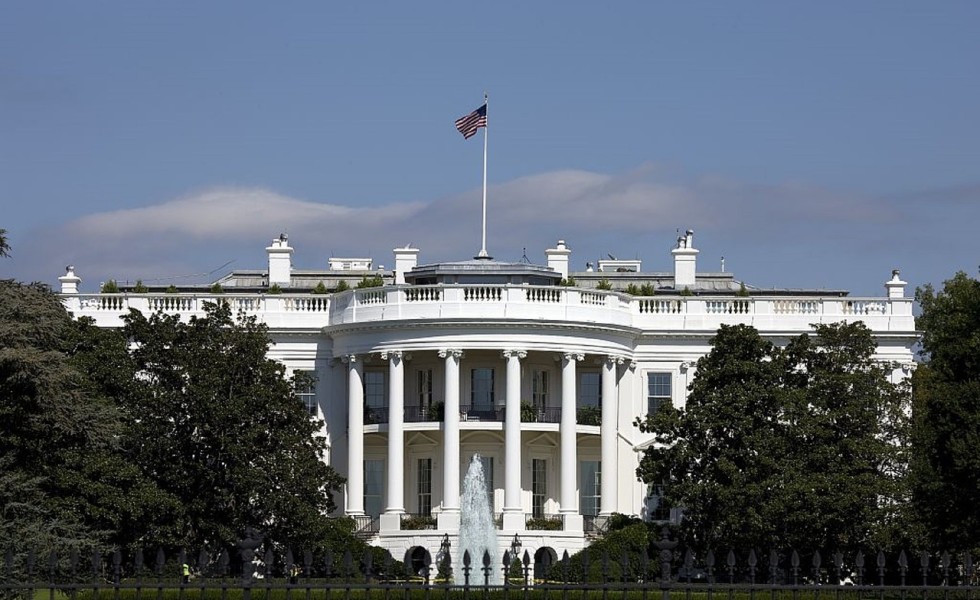The Terrible What Ifs
Posted on April 12, 2018

Spring arrived slowly this year. Then, late last week, its welcome warmth and longer light slipped in and winter’s bony fingers loosened their grip.
In farm and ranch country, however, spring brings tough questions and even tougher choices. Both could have been softened if our farm and political leaders sought compromise, not confrontation. Alas, they didn’t and now solutions are boxed-in by time, politics, and personality.
The most recent example occurred March 8 when President Donald J. Trump announced tariffs on imported steel and aluminum the very day 11 Pacific Rim nations signed a new, no-America version of the Trans-Pacific Partnership (TPP). One TPP official, with an eye on Washington, called the pact “a powerful signal against protectionism and trade wars.”
The admonition was not wasted on the White House. Before he even signed his own order, the President tried to soften its market impact by saying he would enforce the tariffs only when it suited him.
And when might that be? Who knows. Trying to predict what this president will say or do at any given moment could tie up half—and possibly more—of the computing power of North America.
The Protectionist-in-Chief explained that he might impose import duties on, say, European cars and Chinese steel. Or, he added, maybe against Mexico or Canada if either hampers or stalls his push for a more we-win, you-lose North American Free Trade Agreement.
American farm leaders moaned when they read Trump’s tariff targets because the nations include four of the top five U.S. ag export markets since 2013: China, Mexico, Canada, Japan, and the European Union. Any White House tariff that nicks just one could turn an already-thin farm and ranch income year into a financial disaster.
Ag groups responded by the surest way anyone knows to get a message to the no-briefing book President: they bought 30-second ads on Fox and MSNBC television, his principal policy source and anti-source, to pipe their trade pitch directly into the Oval Office and Mar-a-Lago.
Think about that for a moment. The biggest ag influencer in the White House is not an ag committee chairperson, a farmer, a rancher, his rarely-in-Washington secretary of agriculture, some wonky farm group lobbyist or even an ag state governor.
Instead, it’s a 30-second ad on cable TV.
By any political or farm standard—red or blue, Big Ag or organic, north or south, domestic or global—that’s howl-at-the-moon crazy. And, yet, here we are and hardly anyone questions it.
Amazingly, it can still get worse. What if the President one fine spring morning calls his secretary of state (whomever it might be that day) and orders tariffs applied to one, some or all of your biggest grocery buyers?
How do you respond? Would Big Ag spend another $500,000 on another series of television ads? If the first set didn’t work, what would the next set say that might hold back the now-protectionist tide?
You could, of course, telephone, email or tweet your farm and ranch representatives and senators.
Most, however, are deep in their Capitol Hill bunkers trying not to catch the eye or ire of the President while their leaders wrestle over a 2019 budget that’s five months late, work to patch the mistake-riddled 2017 tax bill, and again run to the White House—for, what, the third time?—to defend biofuels while cussing both the Wall Street Journal and Texas Sen. Ted Cruz.
In the meantime, House ag Republicans press their Democratic counterparts to accept a draft Farm Bill that includes changes in food aid rules that Collin Peterson, the committee’s ranking minority member, predicts no Democrat will support.
And so it goes. Winter turns into spring, the White House into chaos, and Congress into mush. The terrible what ifs keep coming and we’re just getting warmed up.
© 2018 ag comm
Share This